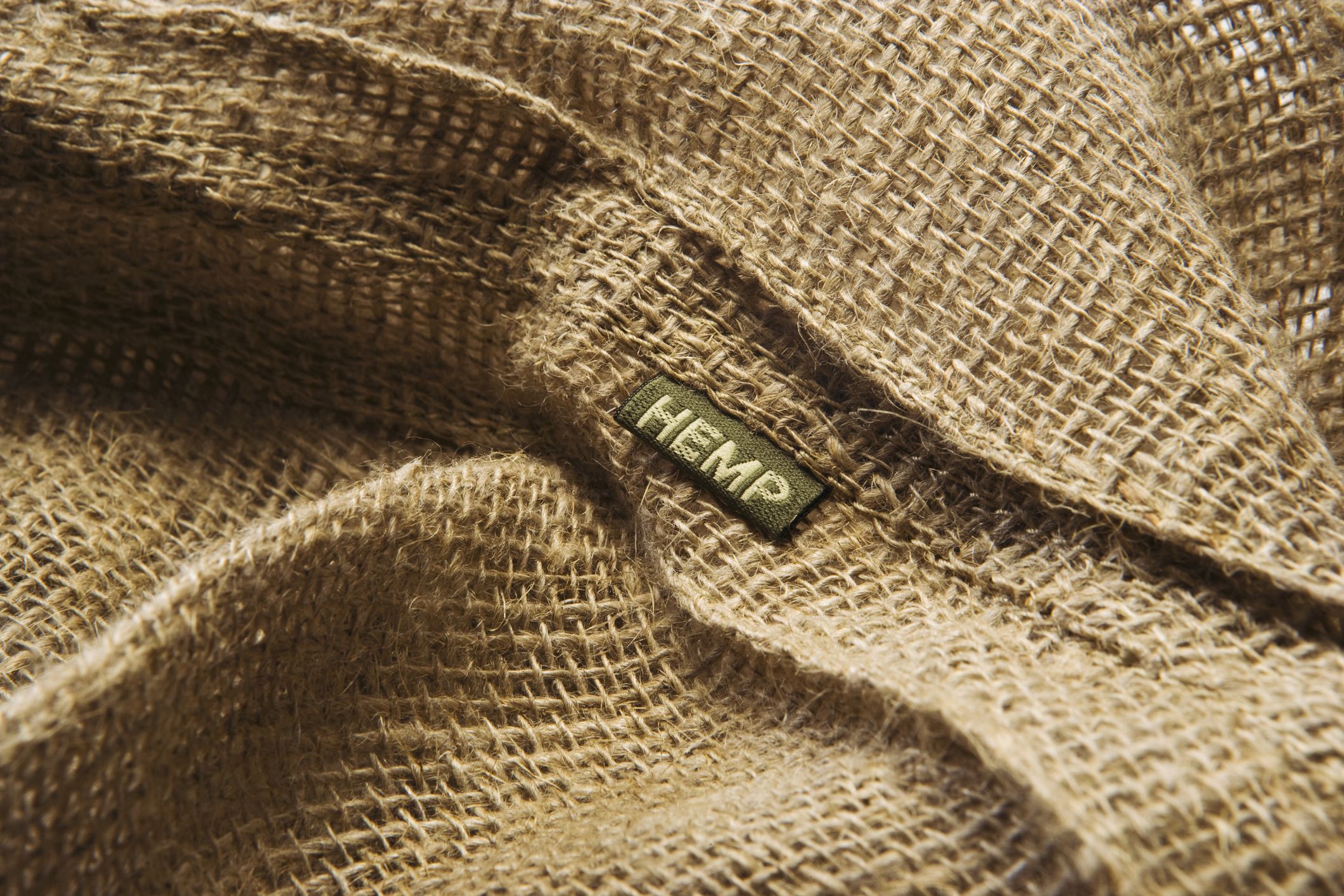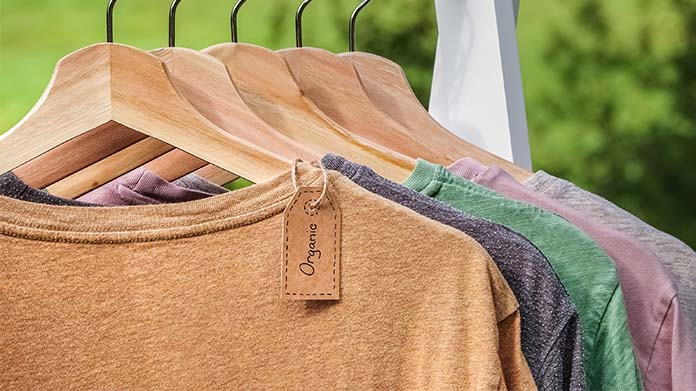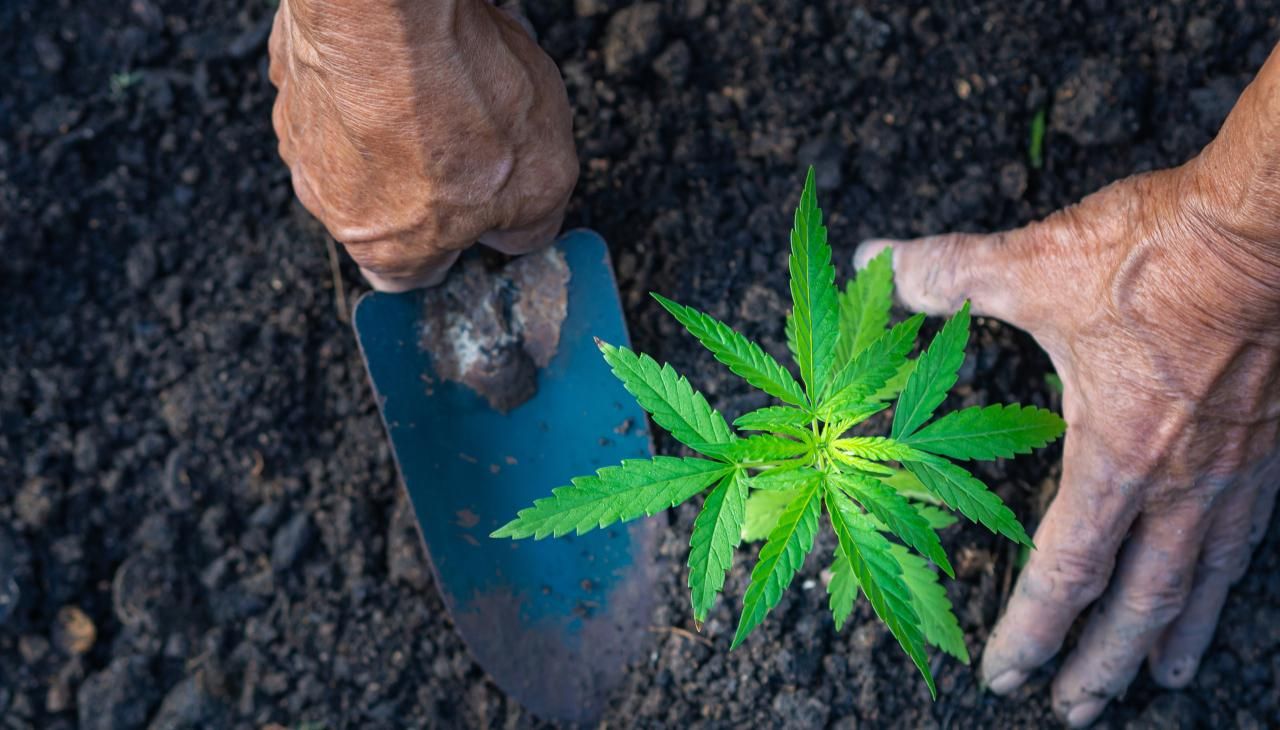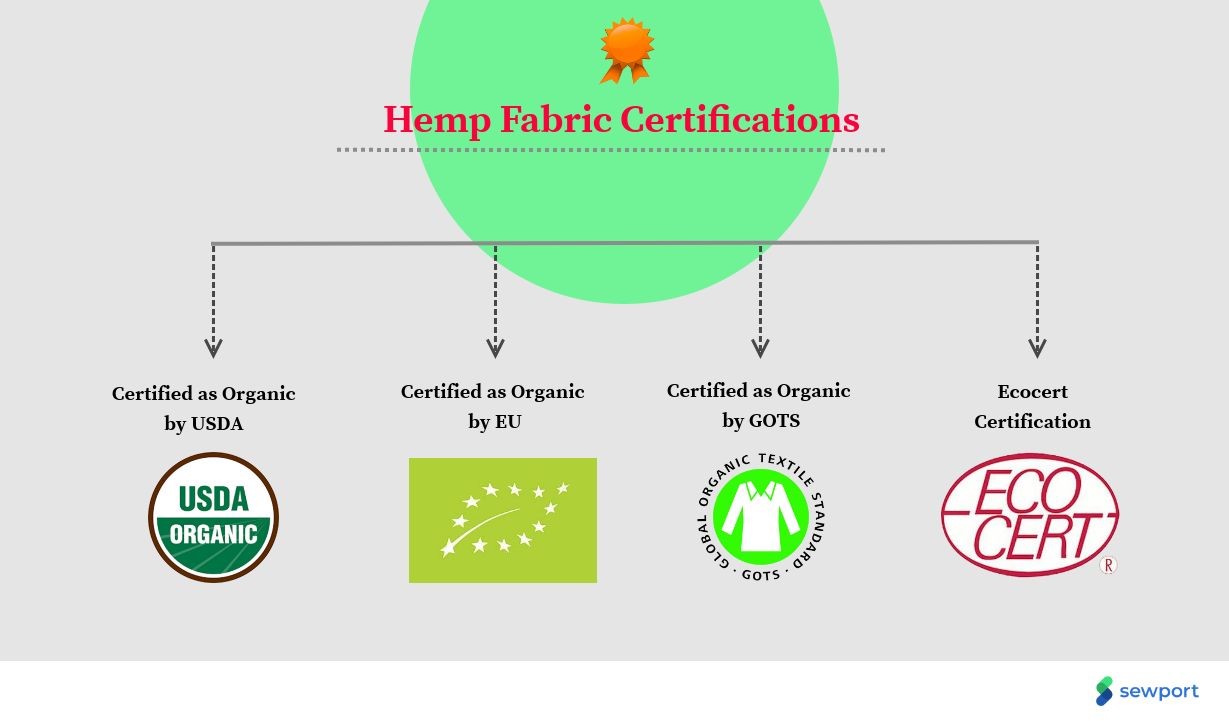Fabrics
5 Minute read

Subhalaxmi
2021-06-12 6PM
Hemp- what makes it a great fabric?

From mummies in Egypt, to ancient civilizations in Asia, there are a lot of reasons why hemp fabric was such a hit and it's no wonder that it is going through a lot of resurgence today.
Well, for starters, one can definitely say that it is a durable fabric since we can still find them draping the mummies in the tombs of Egypt, some as old as 10,000 years.
It basically originates from the stalk of a plant which is also responsible for marijuana, Cannabis sativa, but has much lower THC levels and stronger fibres. The confusion still persists among the general public and many seem to stigmatize it due to its association with the cannabis plant. Having said that, more people are embracing the cultivation of hemp and it is only a matter of time that it becomes a mainstream fabric, just like cotton.
How is it used?
Hemp fabric is primarily used in clothing. While hemp fabric remains popular in the cannabis community, many individuals now prefer it for its health benefits rather than its association with marijuana. Everything from shirts, dresses, hoodies, jackets and pants can be made with hemp and they are known to shrink much less than the counterparts made with cotton.

On the other hand, it is also known to be used in textiles, especially for tablecloths, dish towels and upholstery. It also makes it very practical to be made into items such as blankets and duvets, owing to its durability and lightweight.
What makes it sustainable?
To understand what makes hemp such a sustainable choice for a fabric, we have to start at the production process itself. It is inherently an eco-friendly process to grow hemp as it requires roughly 300-500 litres of water to produce 1 kg of hemp whereas it takes around 10,000 litres to produce the same amount of cotton.

It is also known to be a high yield crop owing to the fact that it produces a lot without the use of any pesticides. It replenishes the soil’s nutrients and in fact absorbs more CO2 from the forests, thus doubling up as carbon sinks. All above points lead to the fact that it is a carbon negative material.
The other reason why hemp is an eco-friendly fabric is that there are no by-products that end up as waste in the production process. The stalks of course are used for clothing, the woody layer can be used as bedding or even fuel, and of late, they can also be moulded to form an alternative to plastic.
Advantages of hemp fabric
-
Durability: As a fabric, hemp can last for as long as 30 years if taken care of. It is known to get softer over time, but doesn’t actually result in any degradation as such.
-
Light and breathable: It is one of the lightest fabrics out there as it roughly weighs about one-third lesser than cotton or wool.
-
High UPF (Ultraviolet protection factor): It has been found that hemp fabric is 99.99% effective in blocking UV rays. Hence, it can be considered great for summer garments.
-
Naturally antimicrobial: Hemp is naturally resistant to the likes of mold, mildew and other harmful microbes, thus making it ideal for those with sensitive skin as well.
-
Doesn’t shrink: It is able to retain its shape even after hundreds and thousands of washes, as opposed to say cotton.
What are some of the certifications to look for?
You can find here some of the organisations that certify hemp products as organic and eco-friendly based on the specific tests and standards they require for their products, materials and the production process as a whole.



